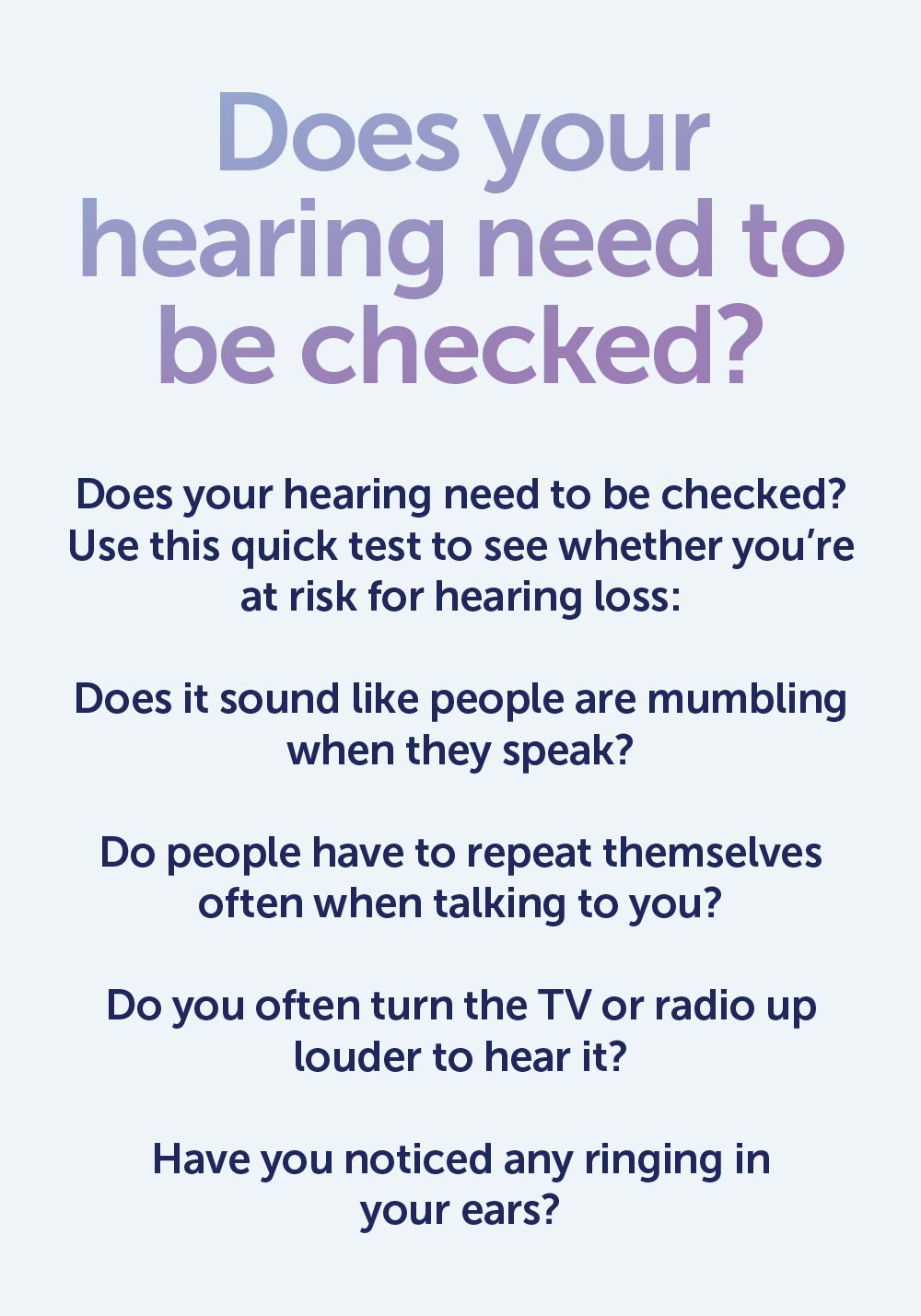Enhancing Knowing: Dealing With Auditory Processing Issues In Dyslexia
Enhancing Knowing: Dealing With Auditory Processing Issues In Dyslexia
Blog Article
Short Article Developed By-Bock Waters
When you think about the challenges that dyslexic students deal with, it's clear that acoustic processing problems commonly play a considerable duty. You could question just how customized methods can bridge the gap between acoustic instructions and understanding. By incorporating aesthetic help and breaking jobs into workable actions, you can enhance emphasis and understanding. However, the remedies do not quit there. What various other strategies can develop a truly helpful learning atmosphere that promotes success and self-confidence?
Understanding Dyslexia and Auditory Processing
Dyslexia affects about 1 in 5 people, making it among one of the most common learning disabilities. If you're navigating dyslexia, you could locate that it does not simply impact analysis and writing; it can additionally influence exactly how you refine acoustic information.
simply click the following page describes just how your brain analyzes noises, consisting of language. When you fight with this, it can result in obstacles in understanding spoken directions and following discussions.
You could observe that you often misunderstand what you hear or that it takes longer for you to respond in discussions. This isn't a representation of your knowledge; it's a certain difficulty related to processing acoustic signals.
Recognizing this link is vital since it assists clarify why you might master visual tasks while facing hurdles in tasks that rely upon acoustic understanding.
Identifying these challenges can equip you. By comprehending the intricacies of dyslexia and auditory processing, you can much better promote for your needs, whether in educational settings or social situations.
It's necessary to recognize these concerns so you can seek the ideal support and methods in the future.
Reliable Approaches for Support
Navigating the difficulties of acoustic processing can feel overwhelming, however there are effective approaches that can assist you flourish.
By executing these methods, you can improve your learning experience and boost your ability to process auditory info.
- ** Make use of visual aids **: Coupling auditory directions with aesthetic assistances, like charts or layouts, can considerably enhance comprehension.
- ** Break tasks right into smaller sized actions **: Streamlining directions right into convenient portions enables you to focus and refine info more effectively.
- ** Exercise how to increase executive function paying attention **: Engage in exercises that motivate you to listen attentively, such as summarizing what you've heard or asking inquiries for clarification.
- ** Include technology **: Use apps or software program made to assist with acoustic handling, such as speech-to-text tools or audiobooks, to enhance discovering.
Creating Supportive Knowing Settings
Producing a helpful discovering atmosphere is essential for assisting people with acoustic processing obstacles are successful. Start by decreasing diversions in your classroom or finding out area. Usage acoustic panels or soft furnishings to take in sound, which can assist pupils focus much better. Make certain seating arrangements allow for clear sightlines to the teacher and any aesthetic help.
Next, incorporate clear and concise communication. Speak slowly and use simple language, looking for comprehending often. Urge students to ask questions if they're uncertain. Aesthetic help like graphes, layouts, and written directions can improve comprehension and retention.
Additionally, promote a society of patience and understanding among peers. Show pupils regarding auditory processing issues, advertising empathy and support. Group tasks can be useful; simply make certain that functions are clear which trainees interact to support each other.
Finally, give regular comments. Celebrate progress and achievements, regardless of just how small. This support constructs self-confidence and reinforces the concept that learning is a journey.
Conclusion
In your journey to improve discovering for individuals with dyslexia, think about each approach as a tipping rock across a river. By weaving with each other auditory and visual aids, damaging jobs into bite-sized pieces, and supporting an encouraging atmosphere, you aid create a bridge to understanding. Remember, promoting compassion among peers and engaging households can light the course to success. With perseverance and commitment, you'll equip students to soar above obstacles, changing their battles into staminas.
